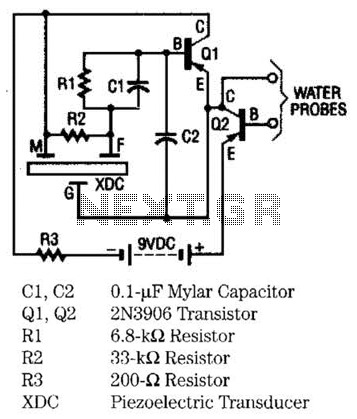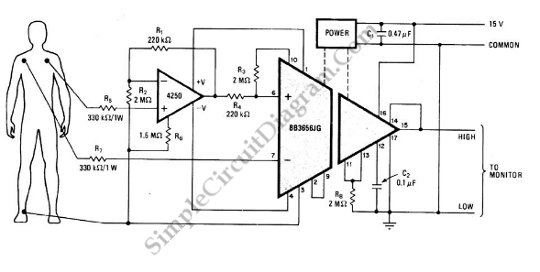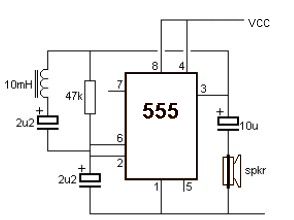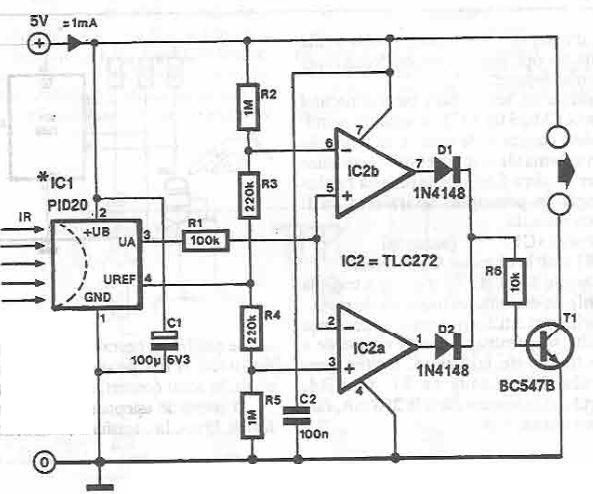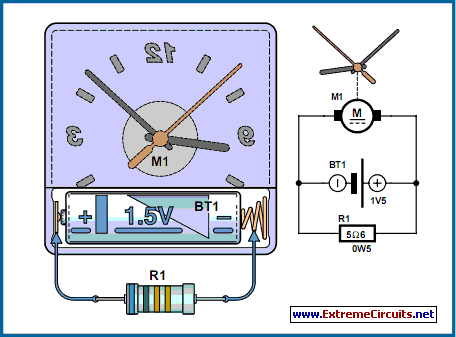
simple water level sensor liquid detector
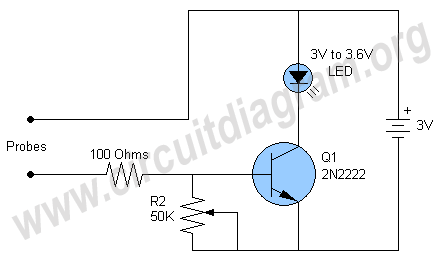
A simple water level sensor or liquid level detector for measuring or detecting a required level of water, liquid, or fluid in a tank, pool, well, aquarium, washing machine, etc.
The water level sensor is an essential device utilized for monitoring and controlling the levels of liquids in various applications, including tanks, pools, wells, aquariums, and washing machines. This sensor operates by employing a combination of conductive or capacitive sensing techniques to determine the presence or absence of liquid at specific levels.
Typically, the circuit consists of a series of probes or electrodes positioned at predetermined heights within the tank or container. When the liquid rises to the level of these probes, it completes an electrical circuit, sending a signal to a microcontroller or a relay. The microcontroller can then interpret this signal to activate alarms, control pumps, or initiate other actions, ensuring that the liquid levels remain within desired limits.
In a basic configuration, the sensor might include a resistor divider network that provides a voltage output proportional to the liquid level. For more advanced applications, capacitive sensors can be employed, which measure changes in capacitance as the liquid level varies. This method is particularly effective for non-conductive liquids or in environments where traditional conductive sensors may corrode or fail.
In terms of power supply, these sensors can operate from low-voltage DC sources, making them suitable for integration into battery-powered systems. Furthermore, the output can be designed to interface with various digital systems, such as microcontrollers or PLCs, allowing for easy integration into automated control systems.
Overall, the water level sensor is a versatile and crucial component in fluid management systems, providing reliable and accurate monitoring of liquid levels across a wide range of applications.A simple water level sensor or liquid level detector for measuring or detecting a required level of water, liquid, fluid in a tank, pool, well, aquarium, washing machines etc.. 🔗 External reference
The water level sensor is an essential device utilized for monitoring and controlling the levels of liquids in various applications, including tanks, pools, wells, aquariums, and washing machines. This sensor operates by employing a combination of conductive or capacitive sensing techniques to determine the presence or absence of liquid at specific levels.
Typically, the circuit consists of a series of probes or electrodes positioned at predetermined heights within the tank or container. When the liquid rises to the level of these probes, it completes an electrical circuit, sending a signal to a microcontroller or a relay. The microcontroller can then interpret this signal to activate alarms, control pumps, or initiate other actions, ensuring that the liquid levels remain within desired limits.
In a basic configuration, the sensor might include a resistor divider network that provides a voltage output proportional to the liquid level. For more advanced applications, capacitive sensors can be employed, which measure changes in capacitance as the liquid level varies. This method is particularly effective for non-conductive liquids or in environments where traditional conductive sensors may corrode or fail.
In terms of power supply, these sensors can operate from low-voltage DC sources, making them suitable for integration into battery-powered systems. Furthermore, the output can be designed to interface with various digital systems, such as microcontrollers or PLCs, allowing for easy integration into automated control systems.
Overall, the water level sensor is a versatile and crucial component in fluid management systems, providing reliable and accurate monitoring of liquid levels across a wide range of applications.A simple water level sensor or liquid level detector for measuring or detecting a required level of water, liquid, fluid in a tank, pool, well, aquarium, washing machines etc.. 🔗 External reference
